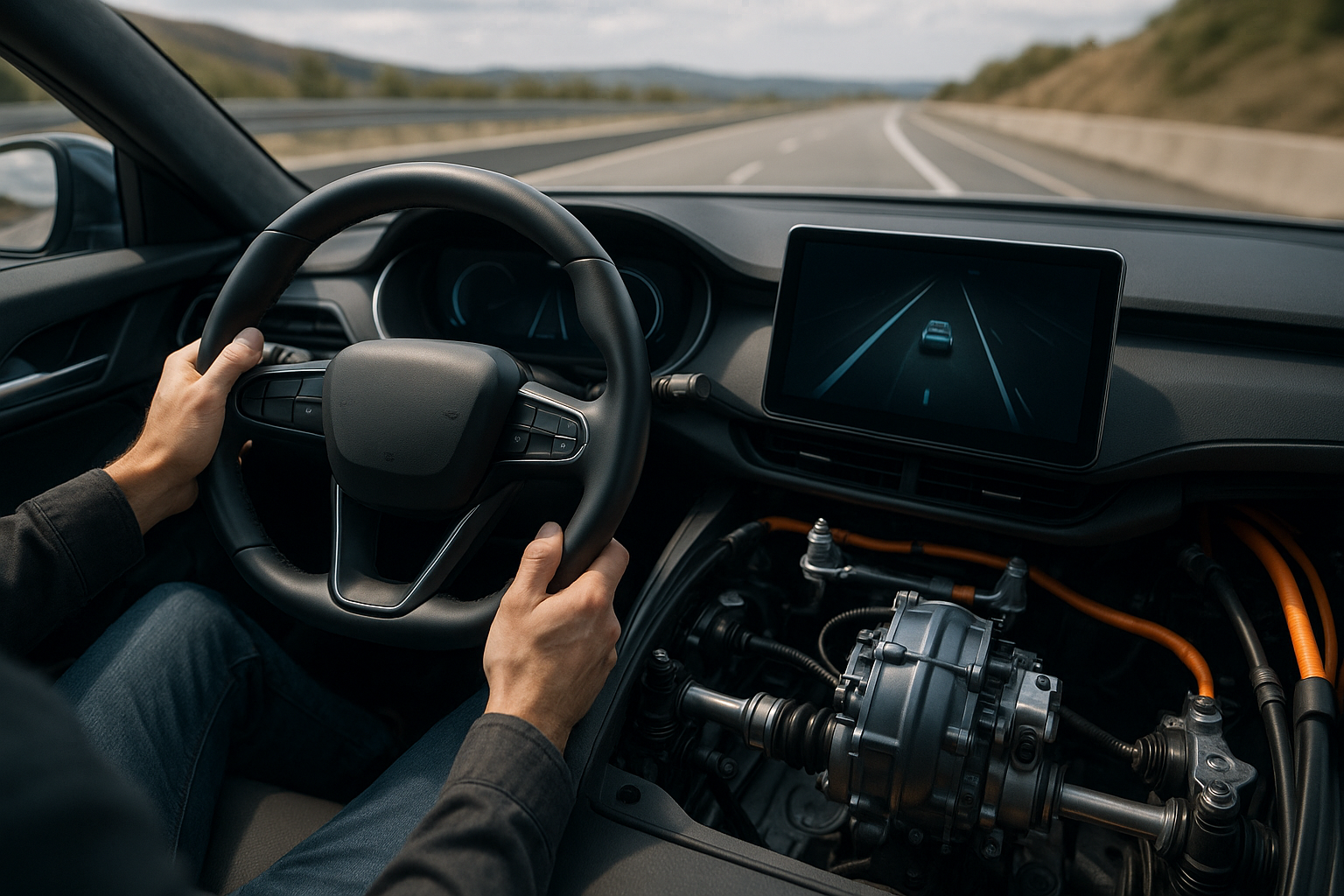Steering into the Future: The Advent of Steer-by-Wire Technology
Imagine cruising along a winding road, the hum of the engine beneath you, the scenery flashing by. Suddenly, you feel a disconnect between your steering wheel and the road. Frightening? Not at all. Welcome to a new era in vehicle handling: the steer-by-wire technology.

A Historical Backdrop: Charting the Course of Steering Systems
The automobile steering system has come a long way since the rudimentary mechanisms of the early 20th century. Back then, cars used a direct mechanical linkage system, which was replaced by the hydraulic power steering in the mid-1900s. This system gave way to the electric power steering systems we commonly see today. But as the automotive industry races towards a future of autonomous cars, a new player is emerging on the block: the steer-by-wire technology.
Steer-by-Wire: Revolutionizing the Driving Experience
Steer-by-wire, also known as digital steering, replaces mechanical linkages with electronic controls. Unlike traditional steering systems, where the driver’s inputs are transferred to the wheels mechanically, steer-by-wire technology uses sensors to read the driver’s steering inputs and send signals to electric motors, which then move the wheels.
The technology offers several advantages. It provides a smoother, more precise driving experience, reduces vehicle weight, and allows for greater design flexibility since the steering wheel can technically be placed anywhere in the vehicle. But it also presents challenges. Transmitting the feeling of the road back to the driver—known as steering feel—is a significant one. Without a mechanical connection to the wheels, engineers must create artificial feedback systems to give drivers a sense of control and connection.
Current Trends and Future Implications
Although not yet mainstream, steer-by-wire is increasingly gaining traction in the automotive industry. Luxury carmakers like Infiniti are leading the way, with their Q50 model being the first production car to feature this technology. Moreover, the technology’s potential benefits for autonomous vehicles are also spurring interest.
While adoption of steer-by-wire has been slow, mainly due to safety concerns and regulatory hurdles, industry experts predict a gradual shift towards this technology in the coming years. The advent of this technology could significantly impact not only vehicle design and manufacturing but also the entire driving experience.
Steering into the Future
Steer-by-wire technology is set to redefine the future of driving, offering a more precise, smoother experience. As we inch closer to a world of autonomous vehicles, the impact of this technology will be profound and far-reaching. However, it will take time to overcome the challenges associated with it, including safety concerns and the need to create a natural steering feel. But one thing is clear: the future of steering is here, and it’s wireless.




